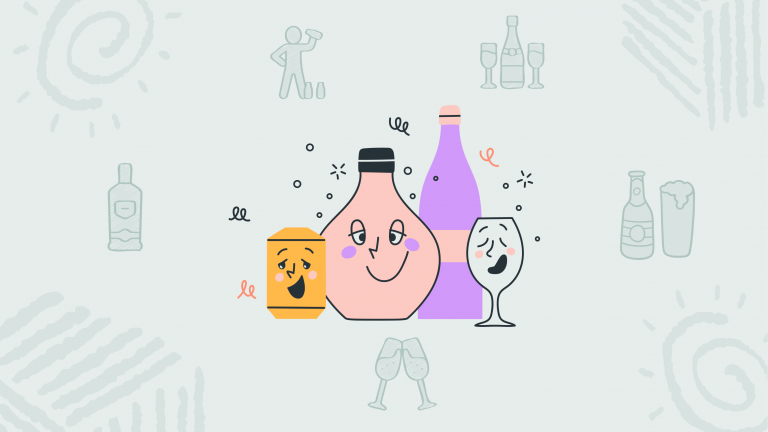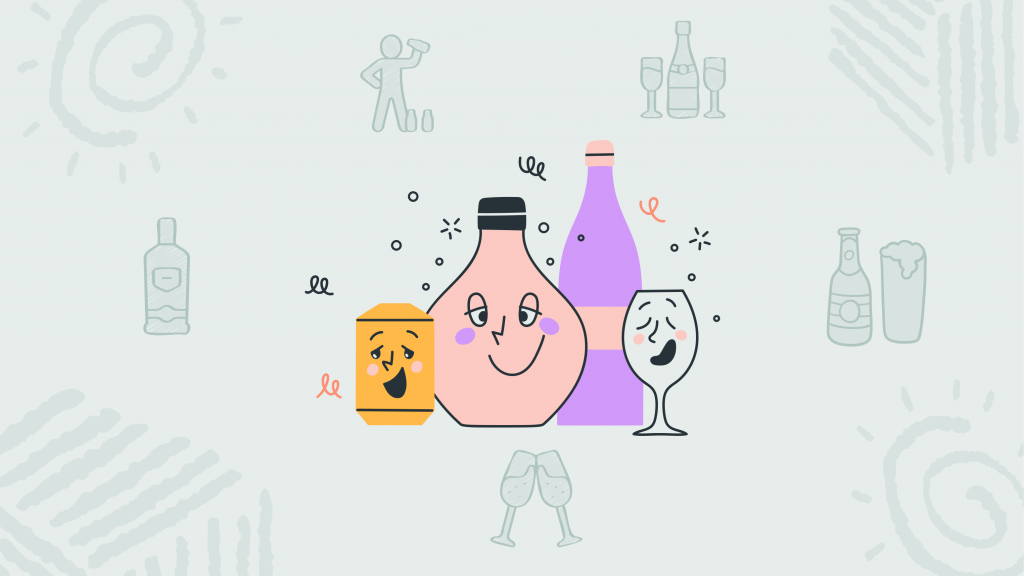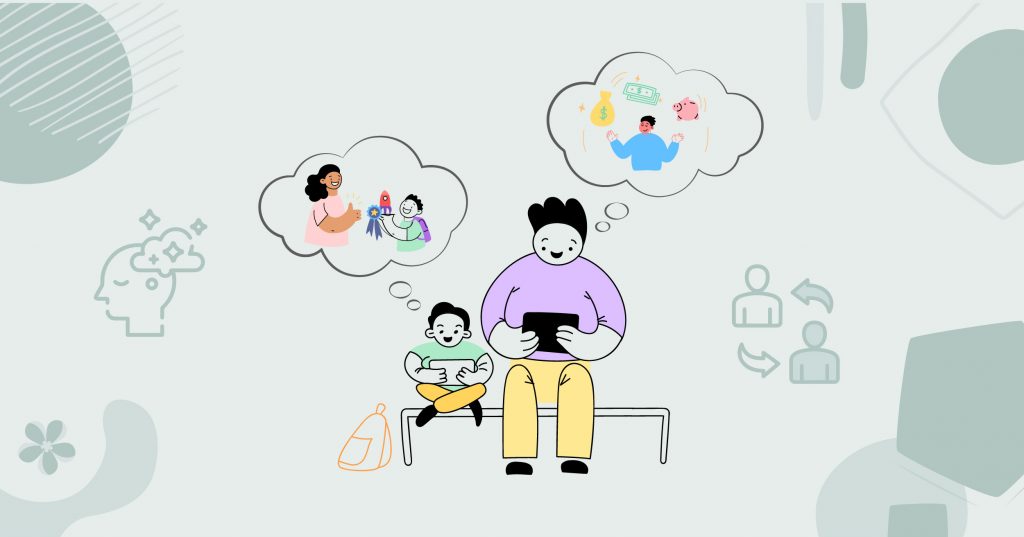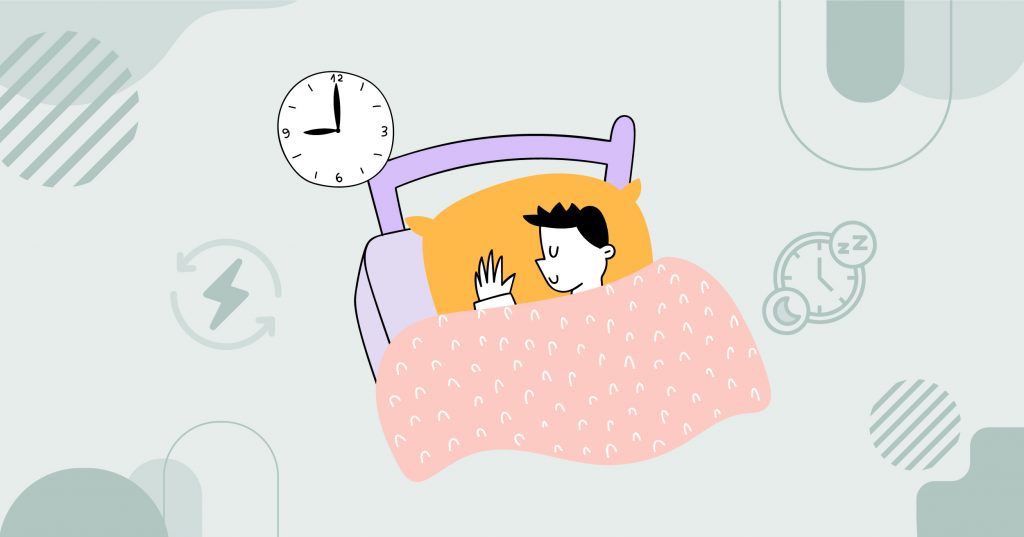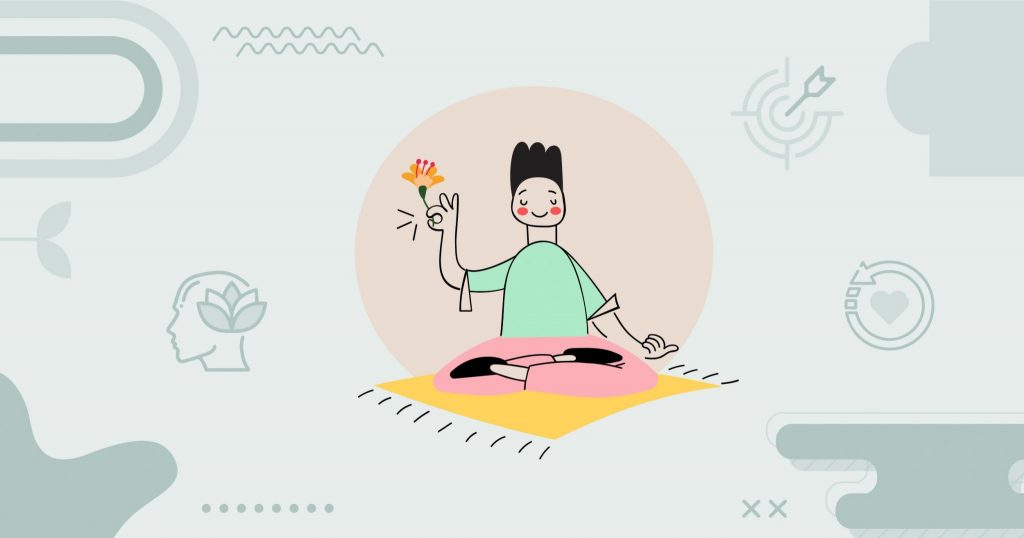The Balance Between Sip and Slip
“The Sip and Slip” – it’s like walking a tightrope in the world of drinking, isn’t it? Picture this: you’re at a party or unwinding after a long day, and there’s that ever-present guest, alcohol, often playing the lead role. It’s all about savoring the moment, yet there’s this thin line, almost like a tightrope, between sipping for pleasure and slipping into excess.
It’s like being at a crossroads every time you’re handed a drink – one path sprinkled with laughter and clinks of glasses, the other a bit murkier, leading to one too many.
This balancing act is a dance we all know too well, right? Deciding when to say “that’s enough for me” amidst the cheer and chatter can feel like a delicate negotiation between fitting in and standing firm.
In this woven world of parties, chill-out sessions, and cultural cues, alcohol dances around, tempting with its rhythm of relaxation and risk. Navigating this scene is a relatable struggle, a dance of decision-making where each sip might just lead to a slip, making the journey towards moderation not just a choice but an art in everyday life.
Decoding Alcohol’s Allure
Alcohol’s effect on the brain is a tale of chemistry and craving. Initially, it boosts the release of dopamine, the ‘feel-good’ neurotransmitter, creating a sense of euphoria and relaxation. However, with increased consumption, it starts to impair the central nervous system, affecting judgment, coordination, and inhibitions.
This neurochemical shift can cloud decision-making, making it harder to stick to moderation. Alcohol can also mimic GABA, a neurotransmitter that calms brain activity, leading to decreased anxiety short-term, but with repeated overuse, it demands more alcohol to achieve the same calming effect, nudging the scale towards dependence.
Going deeper into the brain’s response to alcohol, it’s clear that the initial pleasure is just one part of a complex puzzle.
Over time, regular alcohol use can alter the brain’s structure and function. The areas responsible for memory, decision-making, and impulse control, like the hippocampus and prefrontal cortex, can shrink and work less efficiently, leading to long-term cognitive and behavioral changes. This adaptation makes the brain more reliant on alcohol to produce positive feelings and more sensitive to stress and anxiety when alcohol is not present.
Moreover, alcohol’s interference with neurotransmitters goes beyond dopamine and GABA. It also affects glutamate, the primary excitatory neurotransmitter, disrupting the balance between excitatory and inhibitory signals in the brain. This disruption can lead to tolerance, where more alcohol is needed to achieve the same effects, and withdrawal symptoms when not drinking, further complicating the journey back to moderation.
In essence, the neurological pour of alcohol into our system is a double-edged sword. While it offers a temporary escape and pleasure, it also sets the stage for a challenging cycle of dependence and adaptation that can have lasting effects on the brain and behavior, emphasizing the importance of understanding and managing alcohol consumption.
Subscribe to newsletter
Get your Gut Health Starter Guide right now.
Elevate your Tuesdays with practical, science-backed wisdom propelling you forward on your gut health journey.

Strategies for Moderate Drinking
- Set Clear Limits: Before you start drinking, decide how many drinks you’ll have and stick to it.
- Pace and Space: Sip slowly and space out your drinks with non-alcoholic beverages like water or soda to stay hydrated.
- Choose Quality Over Quantity: Opt for a drink you enjoy and savor it, rather than consuming multiple drinks for the sake of drinking.
- Understand Your Triggers: Recognize situations or emotions that prompt you to drink more and develop strategies to address them without relying on alcohol.
- Seek Support: If moderating your drinking is challenging, don’t hesitate to seek help from friends, family, or professional counseling.
Triumphs in Temperance
Mark’s story illuminates the path of moderation. A once frequent bar-goer, he found his casual drinks escalating into nightly binges. “I didn’t realize how much I relied on alcohol to unwind until it started affecting my health and relationships,” he reflects. The turning point came when a close friend expressed concern, prompting Mark to reevaluate his drinking habits. He started by setting drink limits and prioritizing quality over quantity, choosing to savor a single glass of good wine rather than downing several beers.
“I found that I enjoyed the social aspect of drinking more than the alcohol itself. By cutting back, I actually started to appreciate those moments more,” Mark shares. His journey wasn’t just about reducing alcohol intake; it was about regaining control and enhancing the quality of his social interactions and overall well-being.













